Neighborhood Change
As community demographics shift and there’s neighborhood change, what are the issues affecting longstanding and new residents alike? When is change desirable, and when is it undesirable? How can it be turned to the benefit of those who need it most?
The Latest
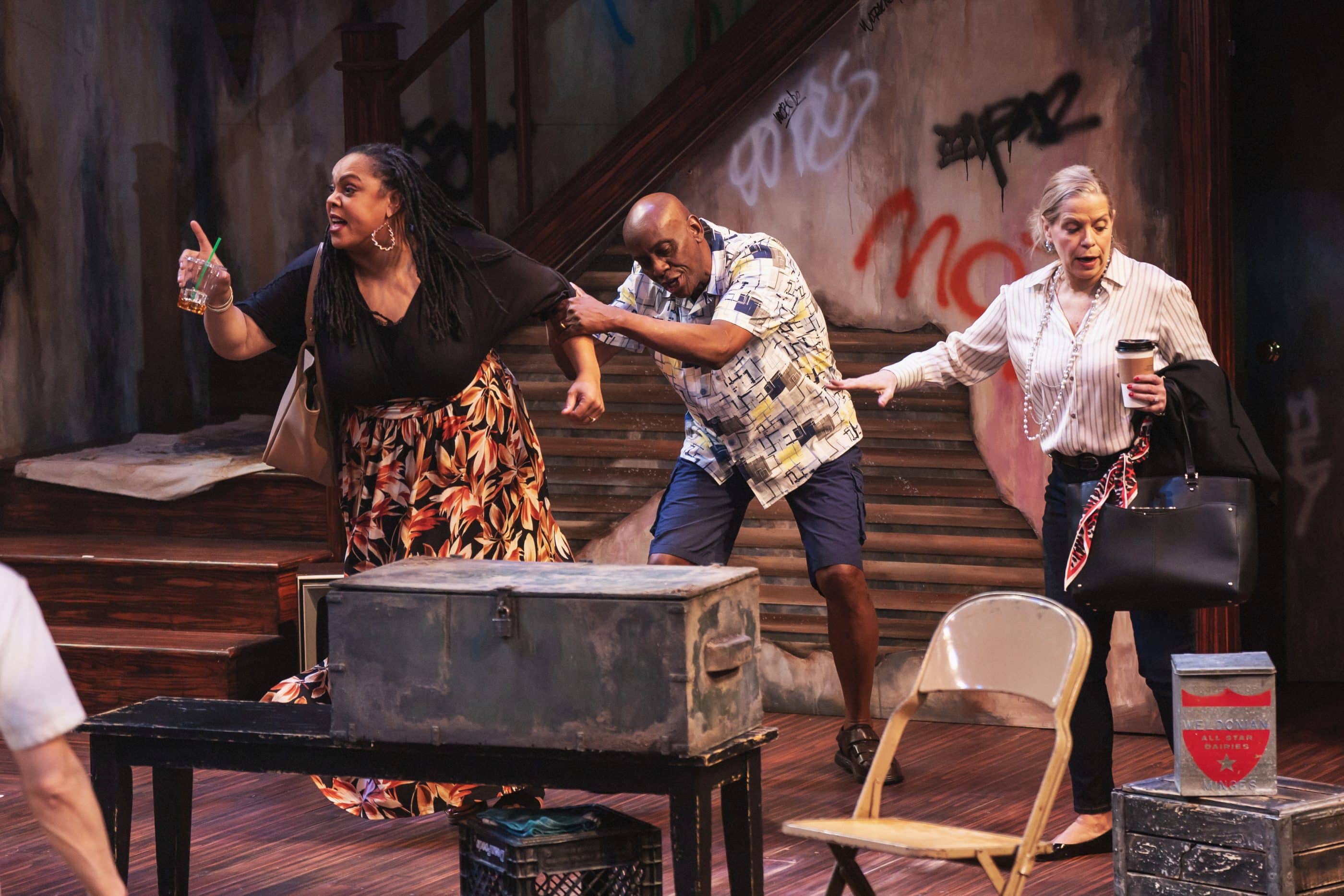
Clybourne Park on Stage, Housing Inequity in Real Life—A Post-Show Reflection
Clybourne Park—a play exploring race, real estate, and community tensions—can set the stage for discussion on the lasting impacts of housing discrimination, gentrification, and the fight for affordability. What lessons can we take from the past to shape a more just housing future?
Explore Articles in this Topic
Search & Filter Within this Topic
filter by Content Type
filter by Date Range
search by Keyword

“Welcome to Little Tokyo, Please Take Off Your Shoes:” Remembering Dean Matsubayashi
Sustained resistance to gentrification and displacement requires more than antagonism. It requires a community organized around an open, positive alternative vision that has both big ambitions and achievable, intermediary steps.
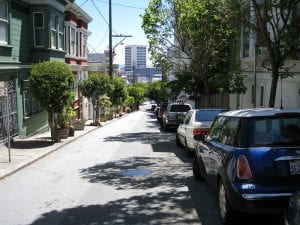
Move to the Front of the Line
Community preference policies, which give current residents preference for new affordable housing in their neighborhood, have become increasingly controversial. Supporters say these types of policies are a crucial way to fight displacement, but fair housing advocates argue that the policies are exclusionary. Different cities are balancing these two concerns in different ways.
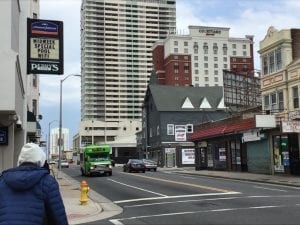
In Atlantic City, the Legacy of Segregation and Redlining Endures
The legacy of racist housing policy shapes—and disempowers—Black, largely urban, neighborhoods to this day, and can be seen in places like the Northside neighborhood of Atlantic City, New Jersey.

Talking About Revitalization When All Anyone Wants to Talk About Is Gentrification
Strategies for turning the conversation back to places where gentrification is not only *not* present, but not impending.

Small Numbers, Great Expectations: A Case for Rural Investment
“Drop dead” wasn’t an acceptable answer to urban decay in the 1970s. And it isn’t the right answer for struggling rural areas today.
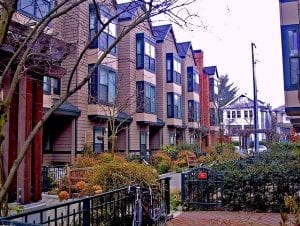
The Geography of Mixed-Income Neighborhoods
Where are “naturally-occurring” mixed income neighborhoods, how do we support them, and how do we use them as examples to model?
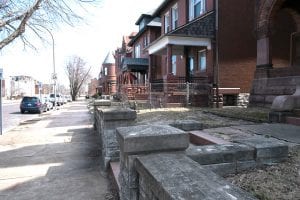
What Is the Future of the Black Urban Middle Neighborhood?
What does the future hold for urban Black middle and working class neighborhoods in cities, and is there any way to shape it?
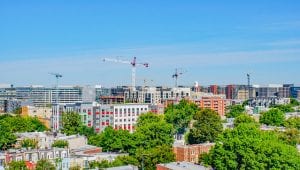
Behind the Scenes of NCRC’s Gentrification Report
A conversation with an NCRC senior research analyst about the organization’s report on gentrification, what its findings show and don’t show, and what the policy implications might be.
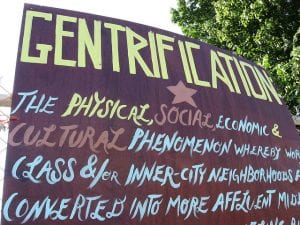
It Doesn’t Matter if Your Neighborhood Is Going to Eventually Gentrify
“We could use some gentrification here.” Let’s never say this—we must refrain from debating the long-term likelihood of gentrification in distressed places.
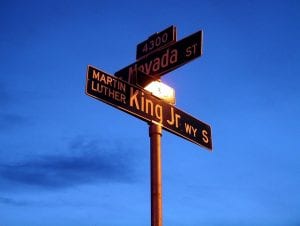
Can You Have Revitalization Without Displacement?
Derek Avery is providing middle- and low-income housing in struggling neighborhoods. And his company doesn’t stop at housing. It’s building education resources and investing in community.

Investment Without Displacement: From Slogan to Strategy
How investments can be leveraged to ensure residents get to stay in their communities and reap the benefits of new amenities and increased accessibility.
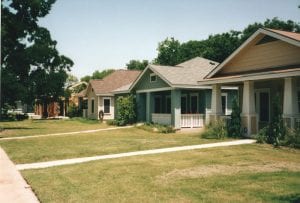
The Guadalupe Neighborhood in Austin: 40 Years of Pushing Back Against Displacement
The community of Guadalupe’s 40-year struggle to fight displacement in the face of development pressure is instructive for other communities facing similar challenges.
